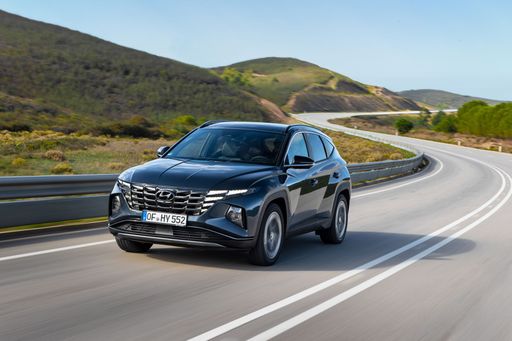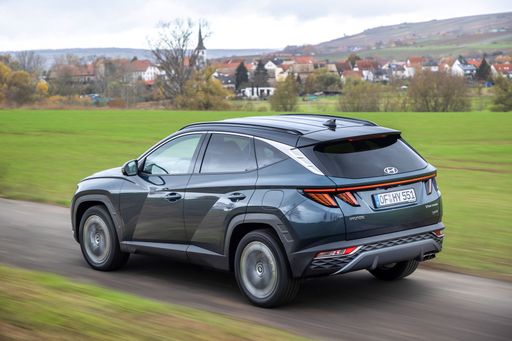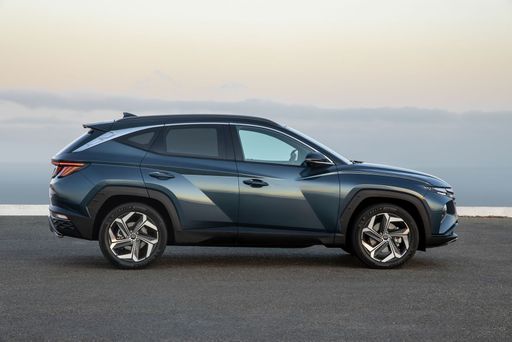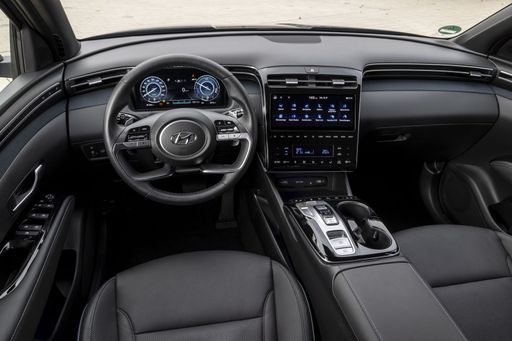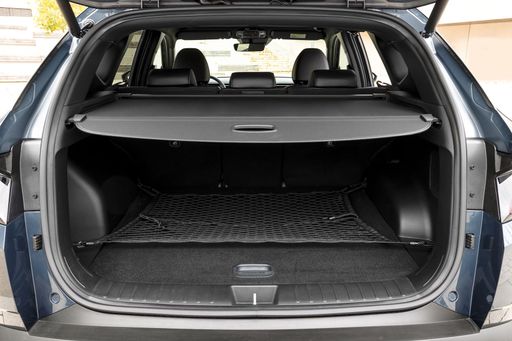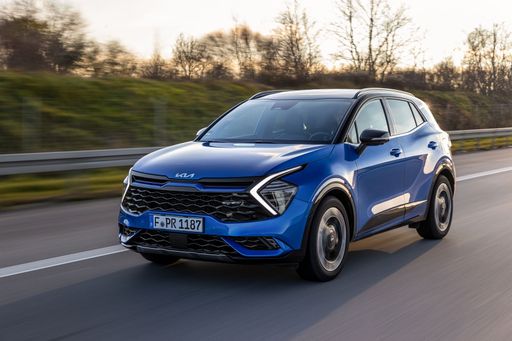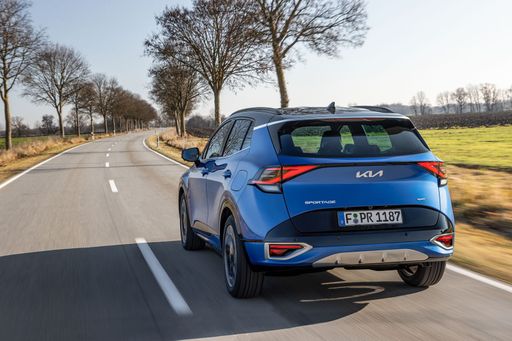Introduction: A Battle of the Korean Titans
The automotive market is witnessing a fierce competition between the Hyundai Tucson and the Kia Sportage—two of the most acclaimed compact SUVs in their segment. With innovative features, sleek designs, and advanced engineering, both vehicles cater to the needs of modern drivers. This article dives into the technical aspects and innovations of both models, helping consumers decide which one reigns supreme.

